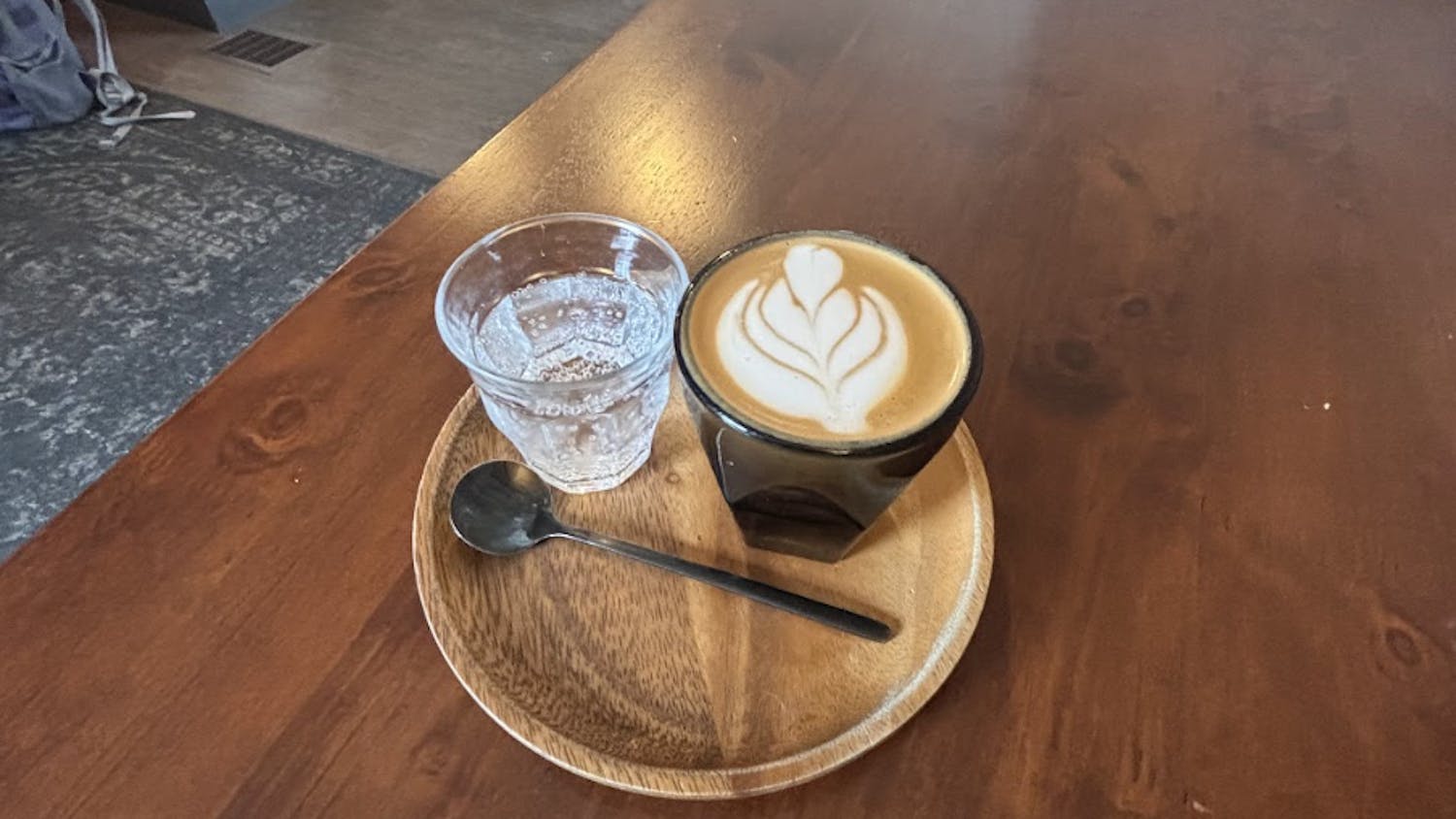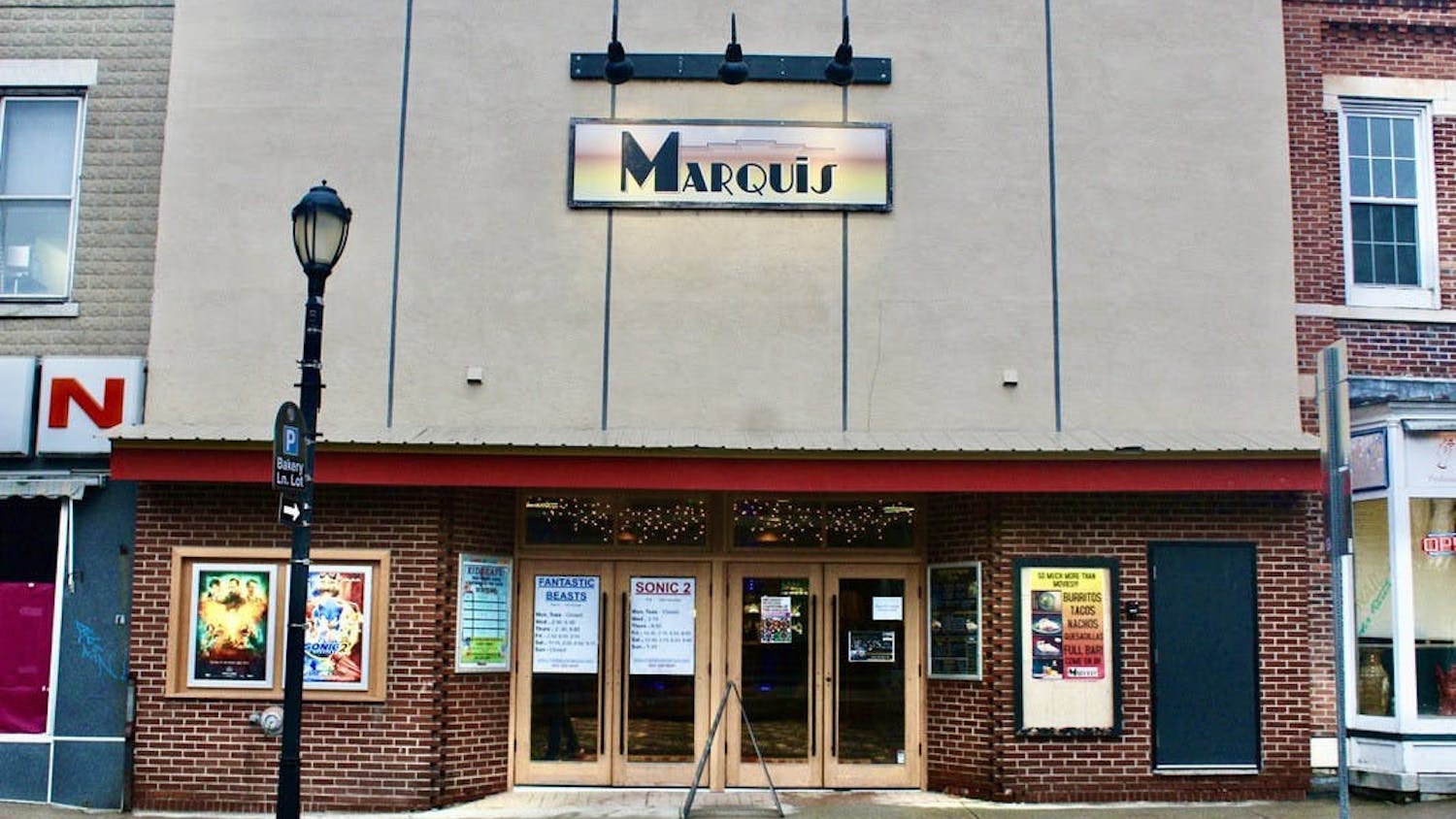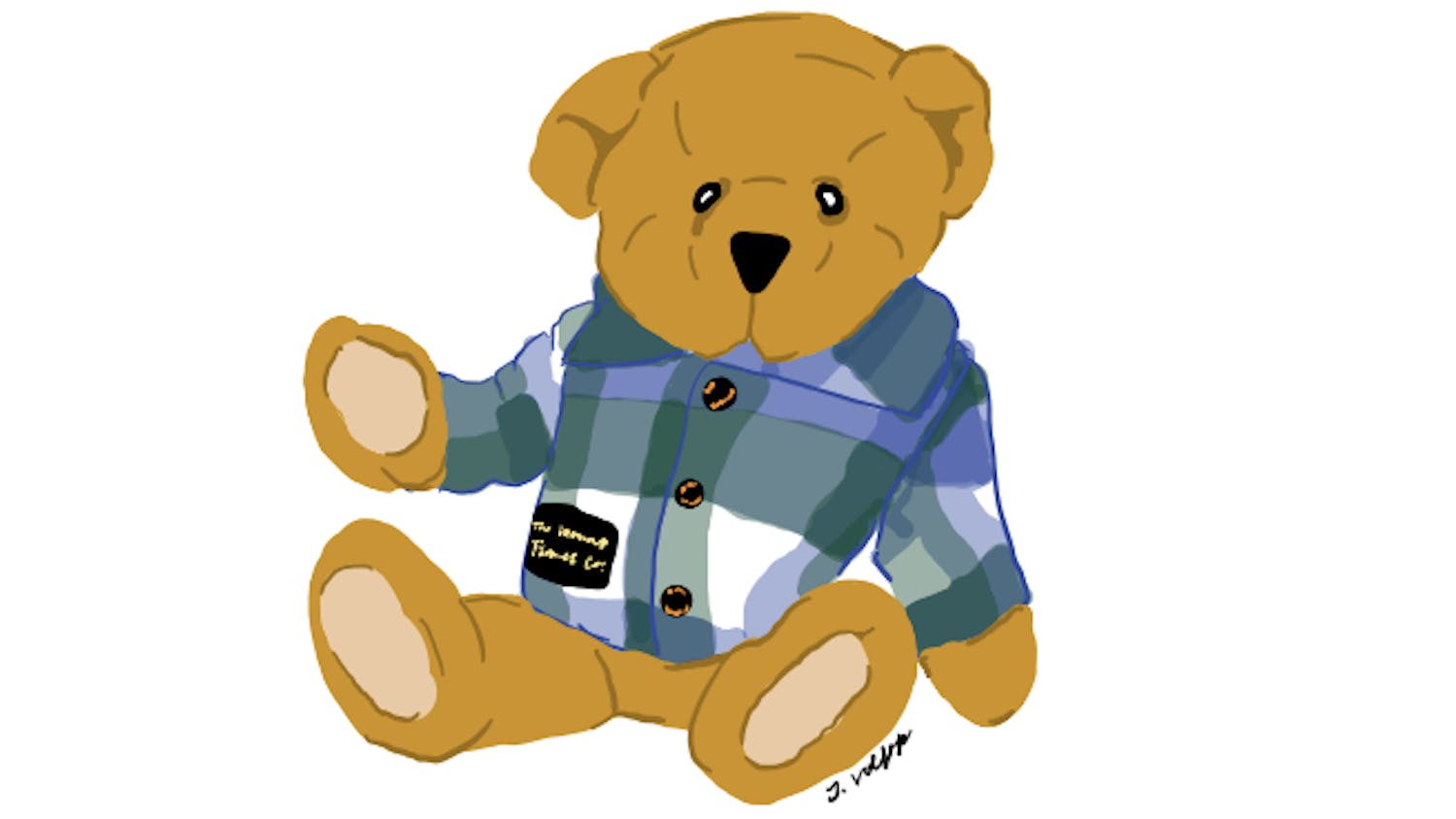The Henry Sheldon Museum of Vermont History’s newest exhibit features artifacts from ten historical societies in Addison County. “Town Treasures: A Local History Show” is on display through April 17 and contains photographs and mementos, some dating back to the Revolutionary War. This exhibit marks the second time the museum has featured a collection of items from other historical societies in the county.
 Education Coordinator of the Sheldon Museum Susan Peden commented that the museum had wanted to organize an exhibit featuring historical societies for years.
Education Coordinator of the Sheldon Museum Susan Peden commented that the museum had wanted to organize an exhibit featuring historical societies for years.
“Last year we had this block of time and we said, ‘maybe it’s time to get the historical societies in,’” she said.
Peden described the exhibit as a great way to build awareness of both the museum and the societies that don’t often get to show their material.
“[The exhibit] helps them share what they have and attract new members for them,” Peden said.
In organizing the exhibit, the Sheldon Museum asked each historical society to bring a display of something that it would like to show the community. Each society was responsible for transporting and setting up its display, but was also allowed to use props such as display cases from the museum.
The exhibit varies from town to town, ranging from profiles of significant people to architecture of particular interest. Bristol profiles author Merritt Parmelee Allen who from 1923 to 1956 published more than 25 books. Allen was frequently published in the magazines American Boy, Youth’s Companion, St. Nicholas and Boys’ Life. He specialized in children’s historical novels, and he liked to place his characters on the American frontier.
Middlebury’s section of the exhibit features the historic Dog Team Tavern, recounting the story of the tavern from its inception to its end in a 2006 fire. The fire completely destroyed artifacts passed on from Sir Wilfred Grenfell, a doctor and missionary who sold handicrafts from Newfoundland and Labrador. The building was originally a teahouse, run by Grenfell’s wife, Lady Anne Grenfell. The tavern’s authentic décor was reminiscent of the couple’s interaction with native peoples of the far north.
Peden said her favorite display was the one from the Orwell Historical Society. Sandy Korda, an Orwell resident, gathered uniforms and artifacts from men who had grown up in Orwell and served in the United States military from the Revolutionary War to Operation Desert Storm. Korda will be speaking on Tuesday, April 13 at the museum about the men of Orwell who have served in the military.
“It is an incredible exhibit of the history of men who served from Orwell,” Peden said. “That’s probably the coolest thing in the exhibit.”
Because the museum usually plans its exhibits a year in advance, Peden and other coordinators are already planning its 2011 exhibit to commemorate the 150th anniversary of the start of the Civil War. The exhibit will show artifacts from Vermonters who fought in the Civil War, and in preparation, a volunteer has read all local newspapers from the time period.
“Vermonters were well known for their bravery in battle,” Peden said. “It’s a great way to celebrate that and bring information to people.”
For the exhibit, the museum will draw on the continued collection of Henry Sheldon, a Middlebury businessman who lived in the early to mid-19th century. Sheldon acted as one of the town fathers, holding jobs ranging from village clerk to piano repairman to restaurant owner. He was an avid collector and decided to open a museum in 1884 to show the ordinary objects that he collected.
“He was very much a hands-on historian,” Peden said. “He preserved history by preserving the artifacts of people, business records, documents, everything.”
Peden and others will display some of the artifacts that Sheldon collected during the Civil War, such as a wooden leg that a Vermonter used upon losing his leg in battle.
Peden commented that according to Sheldon’s letters, he hoped that someone would continue his collection. More than 100 years later, the Sheldon Museum organizes several exhibits each year and attracts visitors from every part of Vermont.
Museum unveils local treasures
Comments



